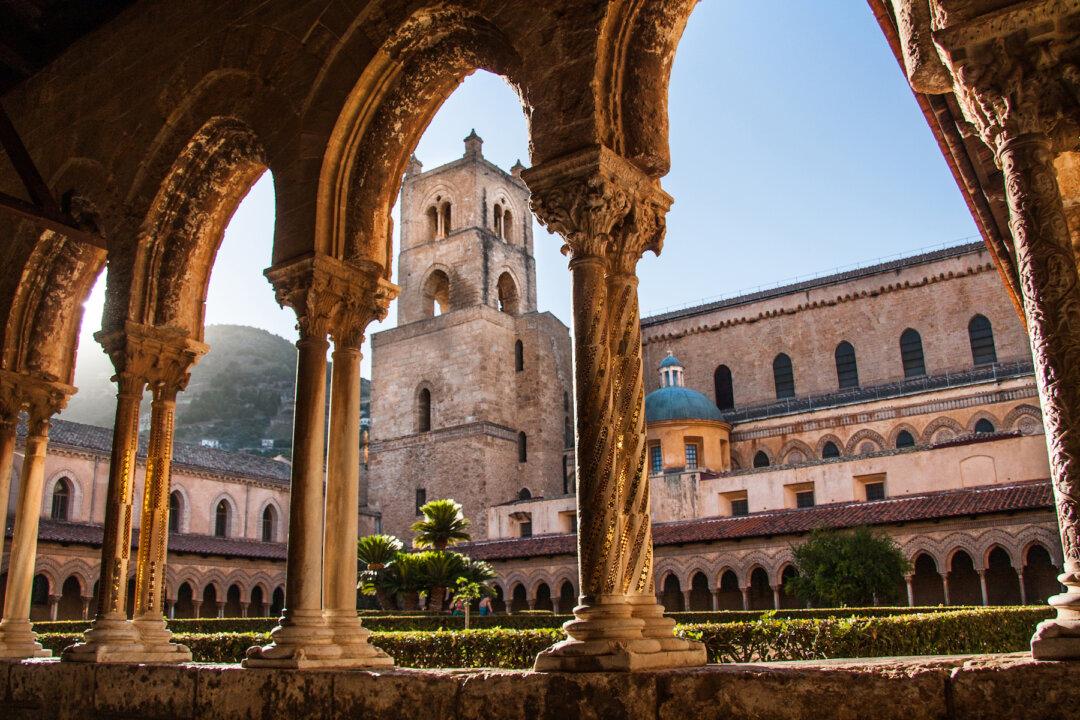For many years, Palermo was known for one thing—and it wasn’t good: being headquarters for the Cosa Nostra, the Sicilian Mafia. Situated on the northwest coast of Sicily, it was a place gripped with fear, where shootings, raw and brutal, were followed in turn by revenge killings by rivals. The nadir came in 1992, when two prominent judges were targeted. One of them, named Giovanni Falcone, had made it his mission to get the mafia under control. They responded with 300 kilos of TNT, blowing up his car on the freeway, leaving a massive crater and a total of five bodies behind.
The newspaper headline here in Sicily’s largest city the next day compared their situation to the war zone in Beirut. Italian military forces responded and took to the streets—some 1,500 of them—won battles, and turned the tide. Over time, Palermo was liberated. Today, it feels like a busy, prosperous place—one with a long, deep, fascinating history.





